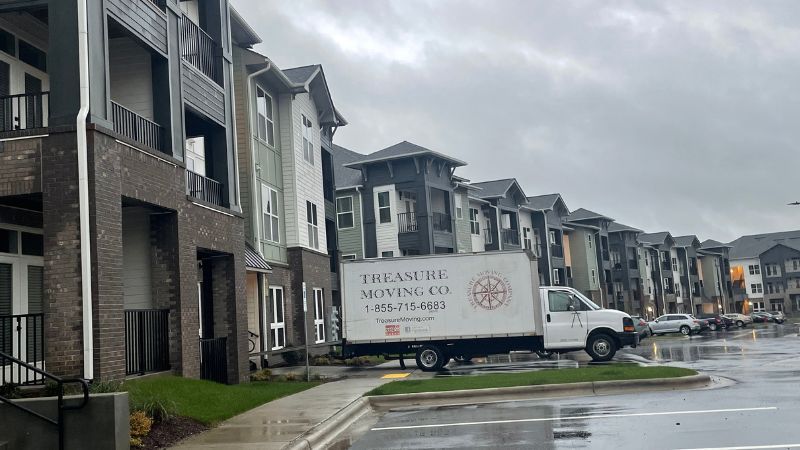
Long distance moving can be a stressful experience, filled with uncertainties and potential risks. Moving insurance serves as a safeguard, designed to protect your belongings against damage or loss during the move. Unlike standard insurance policies that cover a home, moving insurance is specifically tailored to cover the goods while they are in transit from one location to another.
There are mainly two types of moving insurance:
- Basic Liability Coverage: Offers minimal protection and is often included at no additional cost by movers.
- Full Value Protection: Provides comprehensive coverage, reimbursing you for the current market replacement value of items.
Understanding these options will help you make an educated decision about protecting your possessions during a move.
Why Do You Need Moving Insurance?
The importance of moving insurance cannot be understated. Here are some key benefits of securing moving insurance:
- Protection Against Unforeseen Damage: Moves are unpredictable. Furniture might get scratched, electronics can be dropped, and heirlooms may be mishandled. Moving insurance helps mitigate these risks by providing financial coverage.
- Peace of Mind: Knowing your belongings are insured can ease your mind, letting you focus on other aspects of your move.
- Risk Mitigation: In case of extreme situations like accidents or natural disasters, moving insurance is invaluable for recovery without out-of-pocket expenses.
In conclusion, investing in moving insurance offers a layer of protection that ensures your belongings are secure as they transition to your new home, making it an essential part of the moving process. With Treasure Moving Company, serving DC, Maryland, and Virginia, you gain access not only to top-notch moving services but also comprehensive moving insurance options tailored to meet your unique needs.
Types of Moving Insurance
Basic Liability Coverage
Basic Liability Coverage is the most minimal insurance option provided by moving companies, often included at no additional cost. Under this plan, the moving company assumes liability for your belongings at a basic level.
Key Points:
- Cost: Free with the moving service.
- Coverage Amount: Minimal, calculated per pound per item.
- Limitations: Does not cover the full value of an item, only a fraction based on weight.
This type of coverage is mandated by federal law for all moving companies to offer, providing basic protection without any additional expense. However, for those moving valuable items, this level of coverage may not be sufficient.
Full Value Protection
Full Value Protection is a more comprehensive insurance option where the moving company is liable for the replacement value of damaged or lost goods in your shipment. This means if your item is lost, destroyed, or damaged during the move, the mover can either repair the item, replace it with a similar item, or provide a cash settlement for the cost of the repair or the current market replacement value.
Key Points:
- Cost: Premiums vary depending on the total declared value of your shipment.
- Coverage: Comprehensive, based on the current market value of items.
- Benefit: Ensures full or near-full recovery in value for lost or damaged items.
This type of insurance is advisable for those who are transporting high-value items such as electronics, fine art, or heirlooms.
Declared Value Protection
With Declared Value Protection, the total value of your goods is based on their declared per-pound rate times the weight of your item.
Key Points:
- Formula: Declared value = declared per-pound rate x total shipment weight.
- Flexibility: Allows you to set the per-pound rate based on your valuation of the goods.
- Coverage: More flexible and often more affordable than Full Value Protection, but less comprehensive.
Comparative Analysis and Choosing the Right Type
When deciding between these options, consider the following:
- Value of Belongings: Higher-value items may necessitate more comprehensive coverage like Full Value Protection.
- Budget Constraints: If budget is a concern, Basic Liability or Declared Value might be more appealing.
- Risk Tolerance: Assess your comfort with risk. Higher protection gives peace of mind but comes at a higher cost.
By evaluating these factors, you can choose the appropriate moving insurance that best fits your needs and ensures your belongings are well-protected during the move. With Treasure Moving Company, we ensure that our clients in DC, Maryland, and Virginia are well-informed and provided with tailored insurance solutions that match their moving needs.
Assessing Your Needs
How to Assess Your Moving Insurance Needs
Determining the right amount and type of moving insurance depends on several key factors. Here’s how you can assess your moving insurance needs effectively:
- Value of Items: Start by evaluating the total value of all the items you plan to move. Consider both their monetary and sentimental value. High-value items might require more comprehensive coverage.
- Distance of the Move: Longer moves generally carry a higher risk of damage or loss due to increased handling and transportation duration. If you are moving cross-country, investing in more robust insurance could be beneficial.
- Type of Items: Fragile, antique, or specialty items may need additional coverage beyond what basic plans provide. Evaluate the need for specific coverage for things like art, electronics, or heirlooms.
By reflecting on these criteria, you can gauge the scope of insurance required to cover potential losses adequately during the move.
Inventory Documentation
A critical step in the insurance process and assessing your needs is thorough inventory documentation. This refers to creating a Long distance moving checklist of all items you are moving, including their condition before the move. Effective inventory documentation helps in filing an accurate insurance claim if needed.
Tips for Effective Inventory Documentation:
- List Every Item: Record every item you plan to move, big and small. Include descriptions and, if possible, photos.
- Estimate Values: Assign a current market value to each item. This will be crucial in determining potential claims.
- Note Condition: Document the current condition of each item. Note any existing damages or issues. This helps prevent disputes about the condition post-move.
Creating a comprehensive inventory not only aids in filing claims but also helps in deciding which insurance plan to choose, ensuring all valuable items are appropriately covered.
Purchasing Moving Insurance
Choosing the Right Insurance Provider
When it comes to purchasing moving insurance, selecting the right provider is crucial. Here are some factors to consider while choosing an insurance provider for your move:
- Reputation and Reviews: Research the provider’s reputation. Look for customer reviews and testimonials to gauge their service quality and reliability.
- Insurance Options Provided: Ensure the provider offers the type of coverage you need. Compare the terms and details of their policies.
- Claims Process: Understand their claims process. A straightforward, transparent claims process is vital for effective coverage.
- Customer Support: Good customer support can make a big difference, especially during stressful times like moving. Check if the provider is readily accessible and supportive through various means of communication.
The Policy Acquisition Process
Purchasing moving insurance should be approached with careful consideration. Here is a step-by-step guide to help you through the process:
- Evaluate Your Needs: Based on the assessment of your moving inventory and other factors discussed earlier.
- Research and Compare Providers: Use the information above along with additional research to find the best fit.
- Contact Providers: Reach out to discuss your needs, ask questions, and get a feel for their customer service.
- Review Terms Carefully: Before making a decision, ensure you thoroughly understand the policy terms and coverage limits.
- Purchase the Policy: Once satisfied, proceed to purchase the policy. Ensure all documentation is completed and you receive a copy of the policy for your records.
Common Pitfalls to Avoid:
- Skipping over fine print which may include important exclusions or terms.
- Underinsuring your belongings by not accurately valuing them.
- Delaying the purchase of insurance which might limit your options.
By following this structured approach, you can ensure that you choose the right moving insurance that offers adequate protection aligned with your needs. Treasure Moving Company, serving DC, Maryland, and Virginia, offers personalized consultation to help you navigate these decisions effectively, ensuring peace of mind during your move.
Claim Process and Tips
Filing a Claim: A Step-by-Step Guide
When an unfortunate incident occurs and you need to file a claim for your moving insurance, following the correct procedure is crucial for a successful outcome. Here’s a detailed guide on how to proceed:
- Notify Your Insurance Provider: Immediately inform your insurance company about the damage or loss. Prompt communication is essential.
- Document the Damage: Take clear photos and write detailed descriptions of the damage. This documentation will support your claim.
- Review Your Policy: Double-check your policy to understand what is covered and the documentation required.
- Submit a Claim Form: Complete the insurance claim form provided by your insurer. Include all necessary documentation and submit it within the required timeframe.
- Follow Up: Keep in touch with your insurer to track the progress of your claim. Respond promptly to any requests for additional information.
Required Documentation for Filing a Claim:
- Completed claim form
- Photos of the damaged items
- Inventory list with pre-move and post-move conditions
- Receipts or appraisals of valuable items, if available
Settling Claims: What to Expect
The claim evaluation process can vary based on the insurance provider and the type of coverage you have. Here is what you can generally expect during the claim settlement process:
- Assessment by Adjuster: An insurance adjuster may review the damage either virtually or in person to determine the extent and cause of the damage.
- Evaluation: The insurer will evaluate your claim based on the adjuster’s report and your submitted documents.
- Resolution: Depending on your policy, the insurer may repair, replace, or reimburse you for the damaged items.
Tips for a Smooth Claim Settlement:
- Be Proactive: Immediately after moving, inspect all your items and compare their conditions to your inventory list.
- Be Organized: Keep all related documents easily accessible. Organizing documents can expedite your claim process.
- Be Persistent: Follow up regularly with your insurer to ensure your claim is being processed in a timely manner.
Legal and Extra Considerations
Legal Requirements and Regulations
Moving insurance, like any other type of insurance, is governed by a series of federal and state laws that dictate what moving companies must offer and the rights of consumers. Understanding these legal frameworks is crucial in making informed decisions about your moving insurance.
- Federal Law: At the federal level, regulations require all moving companies to offer two types of liability options: Full Value Protection and Released Value (Basic Liability Coverage).
- State Laws: State regulations may vary, adding further protections or requirements. For example, some states may have specific filing deadlines or procedures for insurance claims related to moving.
Important Points to Consider:
- Licenses: Ensure your moving company and its insurance provider are licensed and compliant with state and federal regulations.
- Disclosure Requirements: Moving companies must provide detailed information about their insurance options, including coverage limits and exclusions.
Additional Coverage and Special Policies
When moving items that have high monetary or sentimental value, standard moving insurance might not suffice. Here’s what you can consider:
- Special Item Coverage: For antiques, fine art, or high-value electronics, consider purchasing additional coverage for professional packing services. This is often handled through riders or separate policies that specifically cover these high-value items.
- Third-Party Insurance: Sometimes, your moving company might not offer the type of insurance needed for your most valuable items. In these cases, look into third-party insurers who specialize in moving insurance.
When to Consider Additional Coverage
Deciding whether to purchase additional coverage should be based on:
- Value of Items: If the potential financial loss exceeds the cost of the insurance, it’s a wise investment.
- Risk Factors: Consider the route, distance, and season of your move. For instance, moves during winter or across rugged terrains might pose higher risks.
With these considerations in mind, you can better understand the legal landscape and evaluate the need for special policies, ensuring all aspects of your move are covered. By partnering with Treasure Moving Company in DC, Maryland, and Virginia, customers gain access to informed advice and comprehensive insurance solutions tailored to their specific moving needs, ensuring compliance and peace of mind.
Conclusion: Ensuring a Protected Move
As we conclude our detailed exploration of moving insurance, it's essential to recap the key points and takeaways that can assist you in making informed decisions for a secure and stress-free move.
Summary of Key Points and Takeaways
- Understanding Moving Insurance: It's not just about protecting your possessions against potential damage but also about ensuring peace of mind during the transition.
- Types of Coverage: From Basic Liability to Full Value Protection, choosing the right type of insurance depends on the value of your items and the specifics of your move.
- Assessment and Preparation: Conducting a thorough assessment of what you need insured and documenting your inventory accurately are fundamental steps in leveraging your insurance effectively.
- Choosing the Right Provider: Selecting an insurance provider involves considering their reputation, the comprehensiveness of their coverage options, and the efficiency of their claims process.
- Navigating Claims: Understanding the steps to file a claim and what to expect during the settlement process helps manage expectations and ensures a smoother resolution.
How Treasure Moving Company Can Help
At Treasure Moving Company, serving the regions of DC, Maryland & Virginia, we go beyond merely helping you move from one place to another. We're committed to providing our clients with:
- Expert Guidance: Our team offers professional advice on all aspects of moving insurance, helping you choose the right type and level of coverage based on your specific needs.
- Comprehensive Moving Services: From packing and loading to transportation and unloading, we ensure every step is handled with care and professionalism.
- Tailored Insurance Solutions: We work with reputable insurance providers to offer customized insurance solutions that provide maximum protection for your belongings.
Long distance moving is a significant life event, and having the right insurance in place is crucial. With Treasure Moving Company, you not only get expert moving services but also the confidence that your possessions are well-protected with the appropriate insurance coverage. Remember, while moving poses risks, the right preparation, and the right partner can mitigate these risks, allowing you to look forward to the new opportunities your new home offers.
Whether you're moving across town or across the country, ensure your belongings are safeguarded with the right moving insurance. Trust Treasure Moving Company to guide you through every step of this important journey. Ready to discuss your moving and insurance needs? Contact us today, and let’s ensure your move is as smooth and secure as possible.

